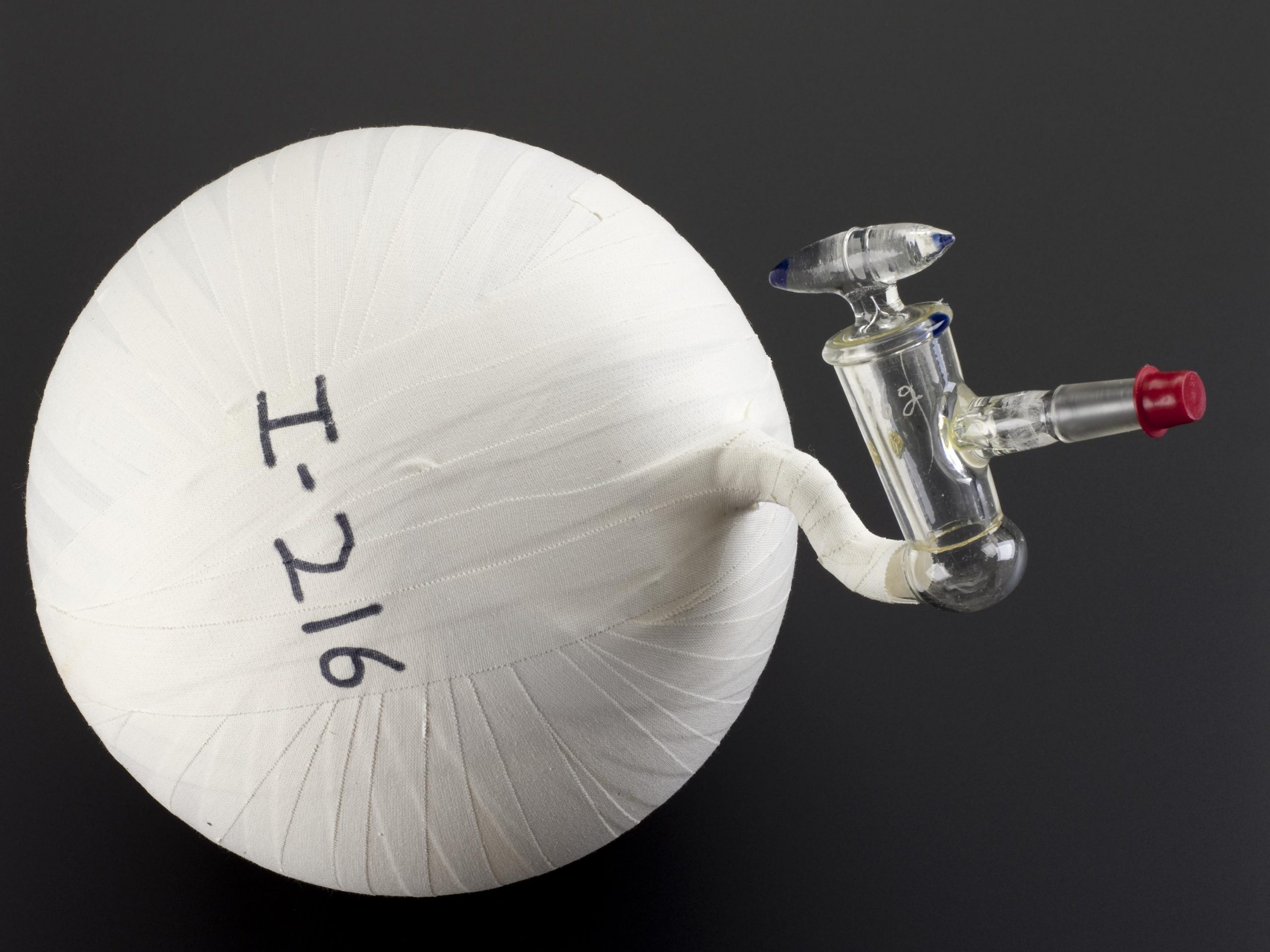Science never stops, so science museums arguably have an even harder task than other museums in ensuring their content remains up-to-date and relevant. The Atmosphere gallery on climate change at the Science Museum is a case in point.
Groundbreaking when it opened in 2010, it has sparked discussion and thought among more than six million attendees since it opened, but a fresh perspective is required to address the century’s defining challenge.
This morning we announced plans for a landmark gallery examining how the world can undergo the fastest energy transition in history to curb climate change. It will explore the latest climate science and the energy revolution needed to cut global dependence on fossil fuels and achieve the Paris targets to limit global warming to around 1.5 degrees Celsius above pre-industrial levels.

A team of talented curators are now researching the detailed content and the new space will open in 2024. This gallery will make a significant contribution to public engagement on climate change, yet when we announce an improvement to the museum there is usually a cohort who cry foul, because of a vital feature that all such projects share – external funding.
Since I became Director, we have invested over £50 million of external funding in transforming some of the Science Museum’s permanent galleries, creating inspiring, free spaces where millions of visitors can immerse themselves in the big stories of medicine, mathematics, communications technology and much more.
That investment hasn’t come from the Government, whose support should never be overlooked as it is critical to our work as museums and the care of the collection of seven million items we hold on behalf of the nation.
Instead, this funding has come from a coalition of philanthropists, charitable trusts and foundations, and businesses who share a passion for our mission to inspire the next generation of scientists and engineers. A national museum without such support would be an institution without the means to modernise and update, sliding into irrelevance and decline.
Our new Energy Revolution gallery will bear the name of its principal sponsor, the Indian solar power developer Adani Green Energy, whose support is allowing us to deliver this important work at a time of financial challenge when we have already committed huge resource to other ambitious projects at the Science Museum Group’s museums in Bradford, Manchester, Shildon in County Durham, and York.
Adani Green Energy already has one of the world’s largest renewable portfolios and plans to invest $20 billion in clean energy generation, component manufacturing, transmission and distribution over the next 10 years. And be in no doubt, such massive investments are needed to move a country of 1.38bn people from high carbon to low carbon energy whilst still meeting their growing energy needs. And that sustainable energy needs to reach the vast network of rural communities, as well as the cities. The company has stated publicly a remarkable ambition: to be the largest renewable power company in the world by 2030.

Trustees of the Science Museum Group are not convinced by the argument from some who say we should sever all ties with organisations that are ‘tainted’ by association, direct or indirect, with fossil fuels. We believe the right approach is to engage, debate and challenge companies, governments and individuals to do more to make the global economy less carbon intensive. Adani Green Energy is an example of an energy sector business bringing expertise and investment to renewables at the scale needed to deliver meaningful change.
Any company that wishes to work with the Science Museum Group has to accept that editorial control sits firmly with the museum. The deceitful innuendo from activists who try to suggest otherwise is an insult to our fine curators and the expert external advisors who support them.
This is a gallery we can all be hugely excited about, in step with our group’s goal to be a leader in public engagement in the science of climate change. Climate change is an existential threat that demands we come together to deliver action and change, not simply the nihilism of those who say the system is broken but who offer no practical solutions. It requires more public engagement of the sort that we are delivering through Our Future Planet, Amazônia and our Climate Talk series.
When it opens, Energy Revolution: The Adani Green Energy Gallery will ignite more curious minds to dedicate themselves to the research and technological innovation that will help us take on this threat. In the meantime, more leadership is needed from governments around the world, and more urgency from companies in deploying expertise, investment and people in finding solutions to a global challenge that is urgent and grave but not yet insurmountable.